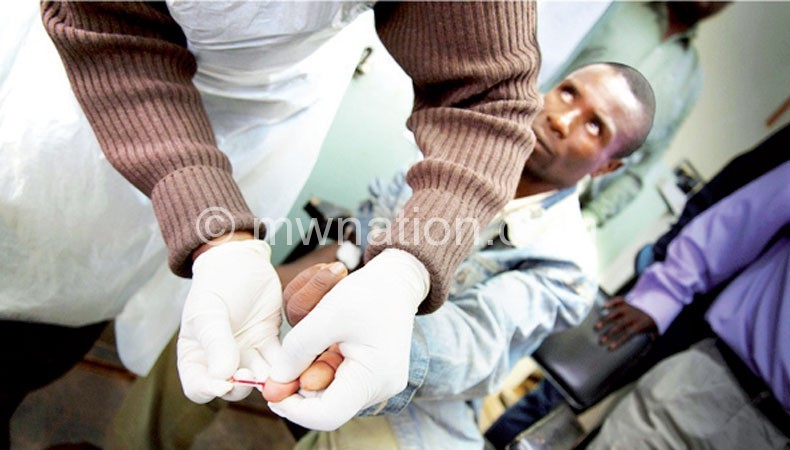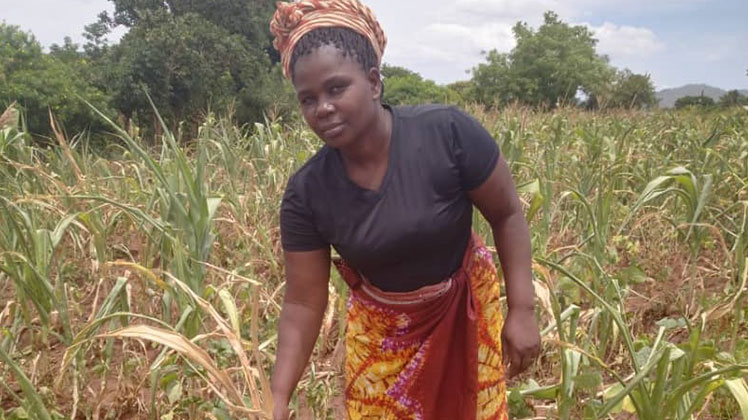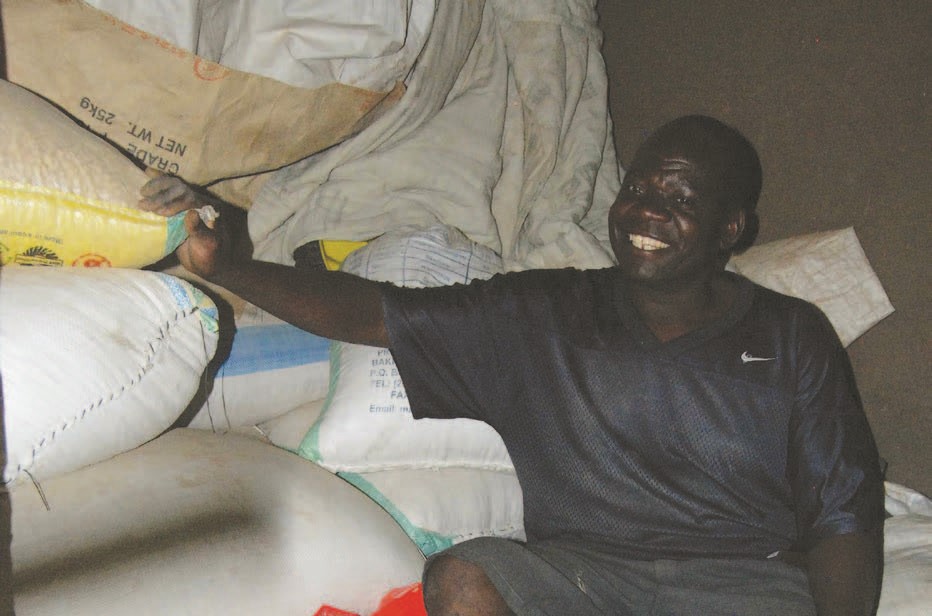CD4 vs viral load test for monitoring HIV

John Phiri (not real name) has been feeling unwell for some time and decides to get an HIV test. The results reveal he is positive.
But for the doctor to determine whether Phiri needs to be put on antiretroviral therapy (ART), there is need to conduct a CD4 count, which measures a body’s immunity levels. The higher the CD4 count, the better his body can defend itself.
This process has been carried out all along, as it was the most viable method available.
While CD4 count is still an essential tool to determine whether a patient should get on ART, recent revelations have shown that for monitoring how a patient is doing on ART after the initial test, a CD4 count may not be a reflection of the connection between HIV infection and the body’s response to ART.
According to Medicins Sans Frontieres (MSF) assistant medical coordinator Charie Masiku, it is not always that low body immunity is caused by HIV.
“Other diseases in HIV-positive people can lower the body’s immunity. It is not always an indicator of the success or failure of ART, so to conclude that low body immunity, as may be determined by a CD4 count, is a sign that ART is not working well cannot be certain,” said Masiku.
To accurately determine how a patient is responding to ART, the viral load (VL) testing method was introduced. Viral load testing measures the amount of viruses in one’s blood and is used to check if a patient is responding well to ART.
Thus, VL testing is a better standard for ART patient monitoring as it paints a more accurate picture of how a person is responding to their treatment regime.
Rodd Gerstenhaber, MSF country director, says routine viral load testing ensures the best use of ARV treatment and can be cost-saving by helping to identify patients who require adherence support and keeping them on effective first-line regimens.
“Additionally, regular viral load testing of patients enables healthcare workers to diagnose treatment failure early on when drug resistance first occurs, so that patients can be effectively switched to a new regimen, if required,” says Gerstenhaber.
The World Health Organisation (WHO) in their 2013 guidelines recommended routine monitoring using the VL method and the Ministry of Health is working to ensure that this test is more widely available. There are currently few VL machines because they are expensive.
MSF, which has been complementing government efforts in fighting HIV and Aids, started providing ARVs in 2001. The organisation acknowledged that the CD4 count machine does not provide accurate monitoring of the virus in patients after the initial testing.As a result, MSF acquired viral load machines for Thyolo and Chiradzulu districts.
In Chiradzulu, the machines are at Chiradzulu District Hospital and Namitambo and Chitera health centres.
Masiku says having the viral load machines in health centres is good for patients who have to travel less.
“In the past, the machine was only at the district hospital and patients had to travel long distances to get tested. This was a challenge because people did not always have money to travel to the district hospital,” said Masiku.
He said MSF aims to make the machine available in other health centres.
In Thyolo, where the VL machine is only at the district hospital laboratory, patients who live far from the main hospital get their samples collected at any health facility in the district, which are then sent to the lab for processing. The patients then get their results at the next appointment.
District health officer (DHO) for Thyolo District Hospital, Michael Murowa, said Thyolo is one of the densely populated districts in Malawi, with over 600 000 people. According to Murowa, the district’s HIV prevalence rate is at 19 percent, much higher than the country’s average rate of 10 percent.
Murowa said MSF has been operating in the district for 15 years, working with the hospital on HIV, tuberculosis, infrastructure development and human resources for health.
He said although the VL machine is at the district hospital, it supports a number of health centres in Thyolo, Mulanje and Phalombe.
“It is helping us to detect the effectiveness of treatment so that change can be initiated where treatment is not effective,” Murowa said.





